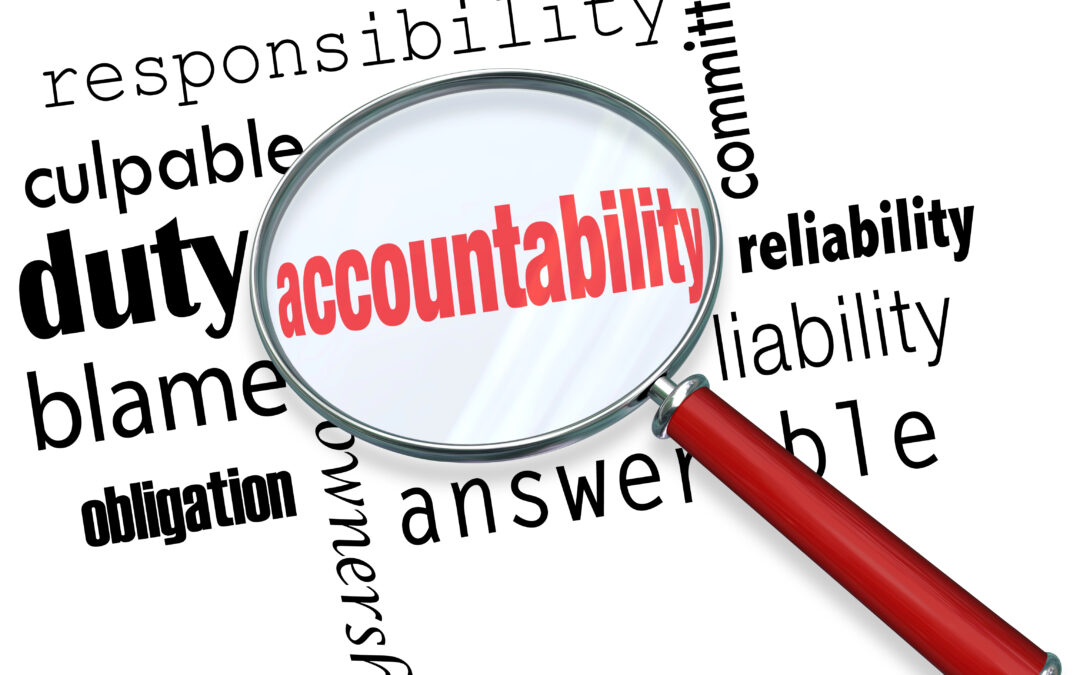Happy Holidays! I hope you are enjoying this wonderful season!
In my last couple of blogs, I introduced the idea of an intentional board accountability process as a way you can be empowered to deal with board member accountability problems (e.g., poor meeting attendance). To lay a good foundation for an effective process, I suggested that you establish some ground rules. Below, I list 5 steps that you may want to include in your accountability process. Remember to build on (and use!) your ground rules.
1. If someone has not met a commitment or followed-through on whatever the person is accountable for as perceived by board members, the first step is for another board member (preferably someone directly involved such as a committee chair) to call and give a gentle reminder. Inquire re: what is going on – explore the reasons and options going forward. Ask what help is needed. Be clear about expectations and commitments going forward.
2. If the problem continues and the person again does not meet expectations as agreed, make another inquiry as in step one (i.e., have a second conversation).
3. If the problem continues, one of the following options may be followed, depending on the issue and past experience with the board member:
a. Consult with the relevant board committee chair, if not already involved.
b. Consult with the board chair.
c. Discuss the matter in an executive session of the board.
Agree on an action plan.
4. Implement the action plan which commonly would involve the board chair having a conversation with the offending board member—giving the person a “last chance” to tell the story and commit to an agreed-upon course of action.
5. If the problem persists, you may choose to follow the board member termination process as stated in the bylaws.
What are your reactions to this? Would this work for your board? I haven’t seen many formal accountability processes in place. What’s your experience? Please share your experiences by entering a comment! Everyone will benefit if you share!



Mary,
Your post on Board Member Accountability is good! One thing I found in one particular Board member accountability situation is that the “suspect Board member” was totally clueless that there was a problem. Although this particular situation affected “one other Board member, the defendant” personally, in reality the “defendant” was embarrassed for the entire organization. Ultimately, the “suspect Board member” was approached by the “defendant” and explained the embarrassment and explained that every board member has a responsibility to be an ambassador for the organization.
The best way to look at this particular situation is to think about how many hundreds of pairs of eyes are watching your organization. What your organization does, is doing, and how your organization’s accountability is seen in all those pairs of eyes, publicly and privately.
Fortunately for this particular organization the issue was resolved for the most part.